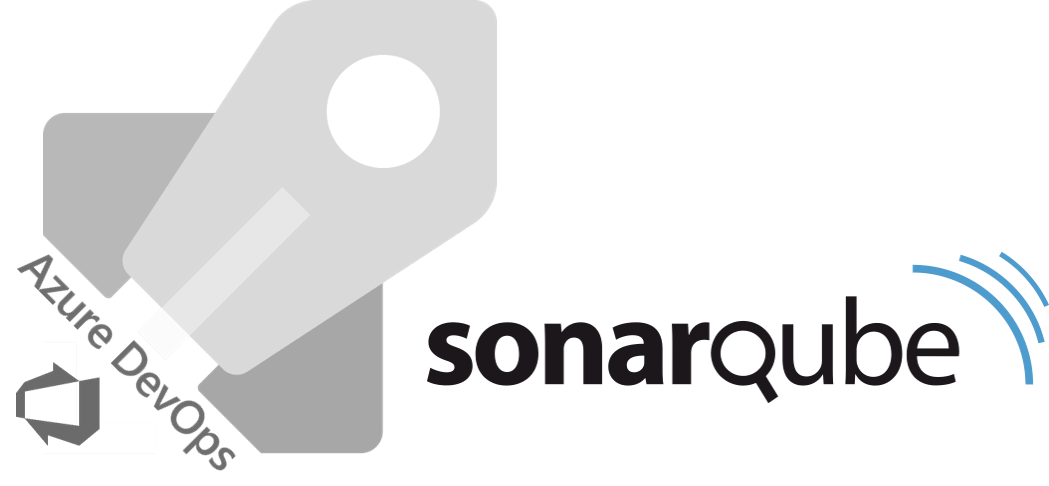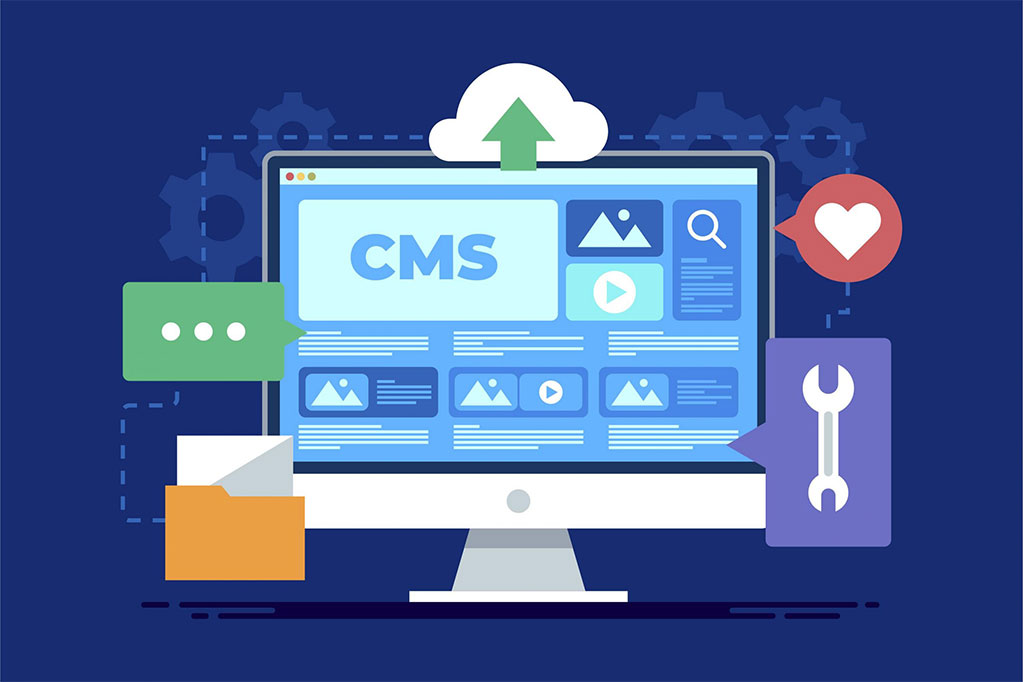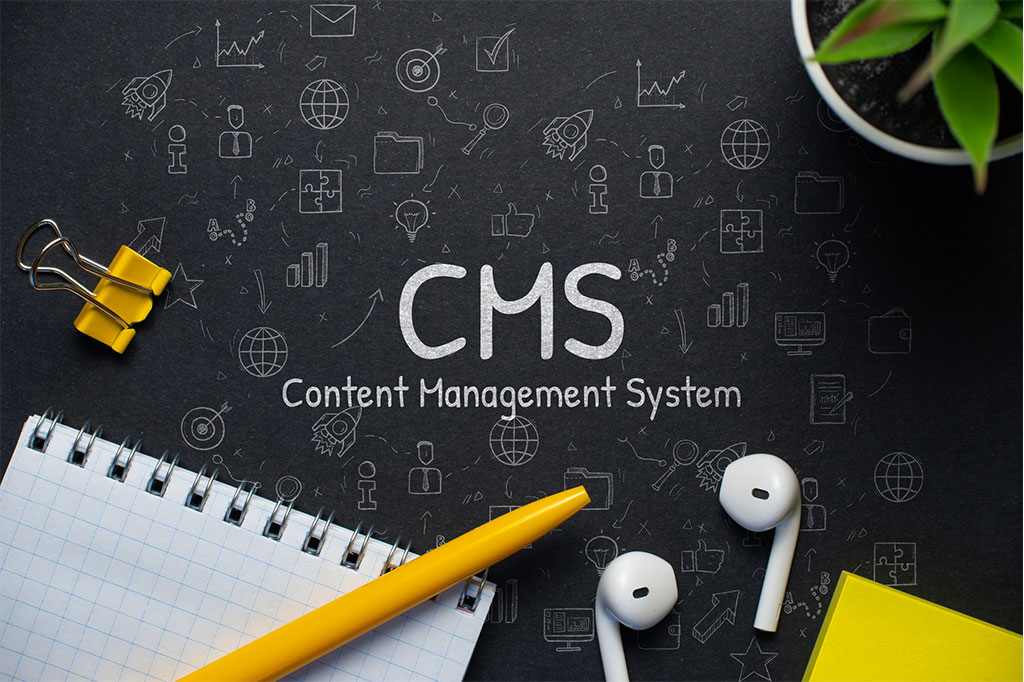
Images play a crucial role on websites in capturing visitors’ attention and showcasing content attractively. However, as visual content becomes more abundant, optimizing image load becomes essential for improving the loading speed of your WordPress site. An effective technique for achieving this is the use of “Lazy Images”.
What are Lazy Images?
Lazy Images are an optimization technique that delays the loading of images until they become visible on the user’s screen. Instead of loading all images when the page loads, Lazy Images only load the images that are about to be displayed in the user’s visible area, postponing the loading of other images until the user scrolls to them. This significantly reduces the initial loading time of the page and improves the user experience by avoiding unnecessary waiting times.
Image Load Optimization in WordPress:
- Compressing and resizing images: Before uploading images to your WordPress site, make sure to compress and resize each image appropriately. Use online image compression tools or image optimization plugins to reduce file size without compromising quality.
- Choosing the right image format: Select the appropriate image format based on the image type. For example, use JPEG format for photographs and PNG for images with transparency. This further helps reduce file size.
- Lazy Loading: Implement the Lazy Loading technique to load images selectively. There are several plugins available that facilitate the integration of this functionality into your WordPress site. For instance, the “a3 Lazy Load” plugin is a popular choice. You may also consider using the “EWWW Image Optimizer” plugin for image optimization.
- Image caching: Utilize a caching plugin such as “W3 Total Cache” or “WP Super Cache”. These plugins store images and other static elements of your website in cache, reducing load times by serving them from cache memory instead of generating them again with each visit.
- Content Delivery Network (CDN): Consider using a CDN to store and deliver your images. A CDN distributes your images across multiple servers in different geographical locations, accelerating image delivery to your site visitors worldwide.
Image load optimization is crucial for improving the performance of your WordPress site. By implementing techniques such as Lazy Loading, image compression, caching, and CDN usage, you can reduce load times, enhance user experience, and boost overall site performance. Ensure that you choose the appropriate image formats, regularly evaluate performance, and make necessary adjustments to ensure optimal functionality.





